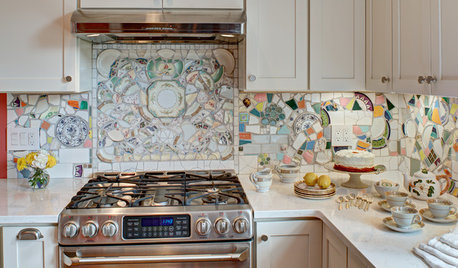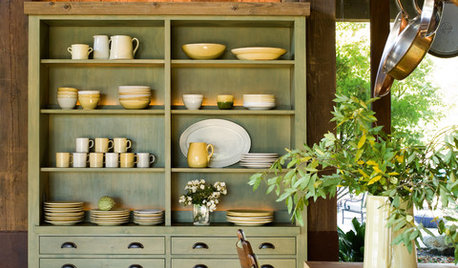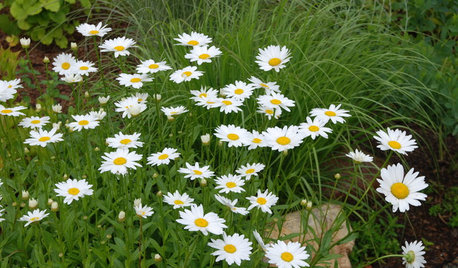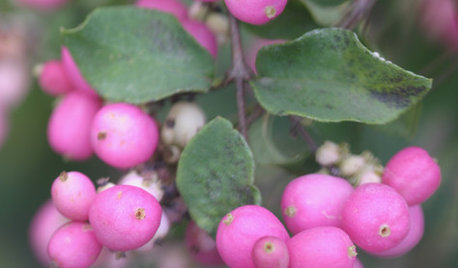China Doll Plant - when to cut back
tammypie
12 years ago
Featured Answer
Comments (27)
scsva
12 years agolast modified: 9 years agotracy_v
12 years agolast modified: 9 years agoRelated Professionals
Cary Landscape Architects & Landscape Designers · New Mexico Landscape Architects & Landscape Designers · Clermont Landscape Contractors · Concord Landscape Contractors · Dunwoody Landscape Contractors · Ellensburg Landscape Contractors · Fort Atkinson Landscape Contractors · Mastic Beach Landscape Contractors · North Haven Landscape Contractors · River Ridge Landscape Contractors · San Carlos Park Landscape Contractors · Vineyard Landscape Contractors · West Chester Landscape Contractors · Raytown Landscape Contractors · Washington Interior Designers & Decoratorstapla (mid-Michigan, USDA z5b-6a)
12 years agolast modified: 9 years agotammypie
12 years agolast modified: 9 years agotapla (mid-Michigan, USDA z5b-6a)
12 years agolast modified: 9 years agotammypie
12 years agolast modified: 9 years agotapla (mid-Michigan, USDA z5b-6a)
12 years agolast modified: 9 years agotammypie
12 years agolast modified: 9 years agotapla (mid-Michigan, USDA z5b-6a)
12 years agolast modified: 9 years agotapla (mid-Michigan, USDA z5b-6a)
12 years agolast modified: 9 years agotammypie
12 years agolast modified: 9 years agotapla (mid-Michigan, USDA z5b-6a)
12 years agolast modified: 9 years agotammypie
12 years agolast modified: 9 years agotapla (mid-Michigan, USDA z5b-6a)
12 years agolast modified: 9 years agogreenman28 NorCal 7b/8a
12 years agolast modified: 9 years agotammypie
12 years agolast modified: 9 years agotapla (mid-Michigan, USDA z5b-6a)
12 years agolast modified: 9 years agotammypie
12 years agolast modified: 9 years agogreenman28 NorCal 7b/8a
12 years agolast modified: 9 years agotammypie
12 years agolast modified: 9 years agogreenman28 NorCal 7b/8a
12 years agolast modified: 9 years agotapla (mid-Michigan, USDA z5b-6a)
12 years agolast modified: 9 years agotammypie
12 years agolast modified: 9 years agotapla (mid-Michigan, USDA z5b-6a)
12 years agolast modified: 9 years agotammypie
12 years agolast modified: 9 years agotheresat
10 years agolast modified: 9 years ago
Related Stories

GARDENING GUIDESWhen and How to Plant a Tree, and Why You Should
Trees add beauty while benefiting the environment. Learn the right way to plant one
Full Story
GARDENING GUIDESGot Frost-Damaged Plants? How It Happens, and When and How to Prune
Crispy brown leaves are a sure sign that Jack Frost has been to your neighborhood
Full Story
MOST POPULARKitchen of the Week: Broken China Makes a Splash in This Kitchen
When life handed this homeowner a smashed plate, her designer delivered a one-of-a-kind wall covering to fit the cheerful new room
Full Story
CONTRACTOR TIPSBuilding Permits: When a Permit Is Required and When It's Not
In this article, the first in a series exploring permit processes and requirements, learn why and when you might need one
Full Story
GARDENING GUIDES7 Ecofriendly Gardening Ideas That Also Cut Chore Time
Spend less time weeding, less money watering and more moments just sitting back and enjoying your healthy garden
Full Story
HOME OFFICESQuiet, Please! How to Cut Noise Pollution at Home
Leaf blowers, trucks or noisy neighbors driving you berserk? These sound-reduction strategies can help you hush things up
Full Story
DECORATING GUIDESHow to Decorate When You're Starting Out or Starting Over
No need to feel overwhelmed. Our step-by-step decorating guide can help you put together a home look you'll love
Full Story
DINING ROOMSHow to Organize and Style Your China Hutch
Whether you reserve your cabinet for your good china or stock it with everyday tableware, here are ideas for arranging it
Full Story
FLOWERSBest Cutting-Garden Beauties for Late Summer
Pick blooms bursting with color or in classic white for bouquets to give away or keep all to yourself
Full Story
LANDSCAPE DESIGN5 Berry-licious Shrubs to Plant Now for Winter Interest
Showy color during snow season? You bet. These shrubs will wake up a garden with colorful berries when other plants are asleep
Full StoryMore Discussions








tammypieOriginal Author